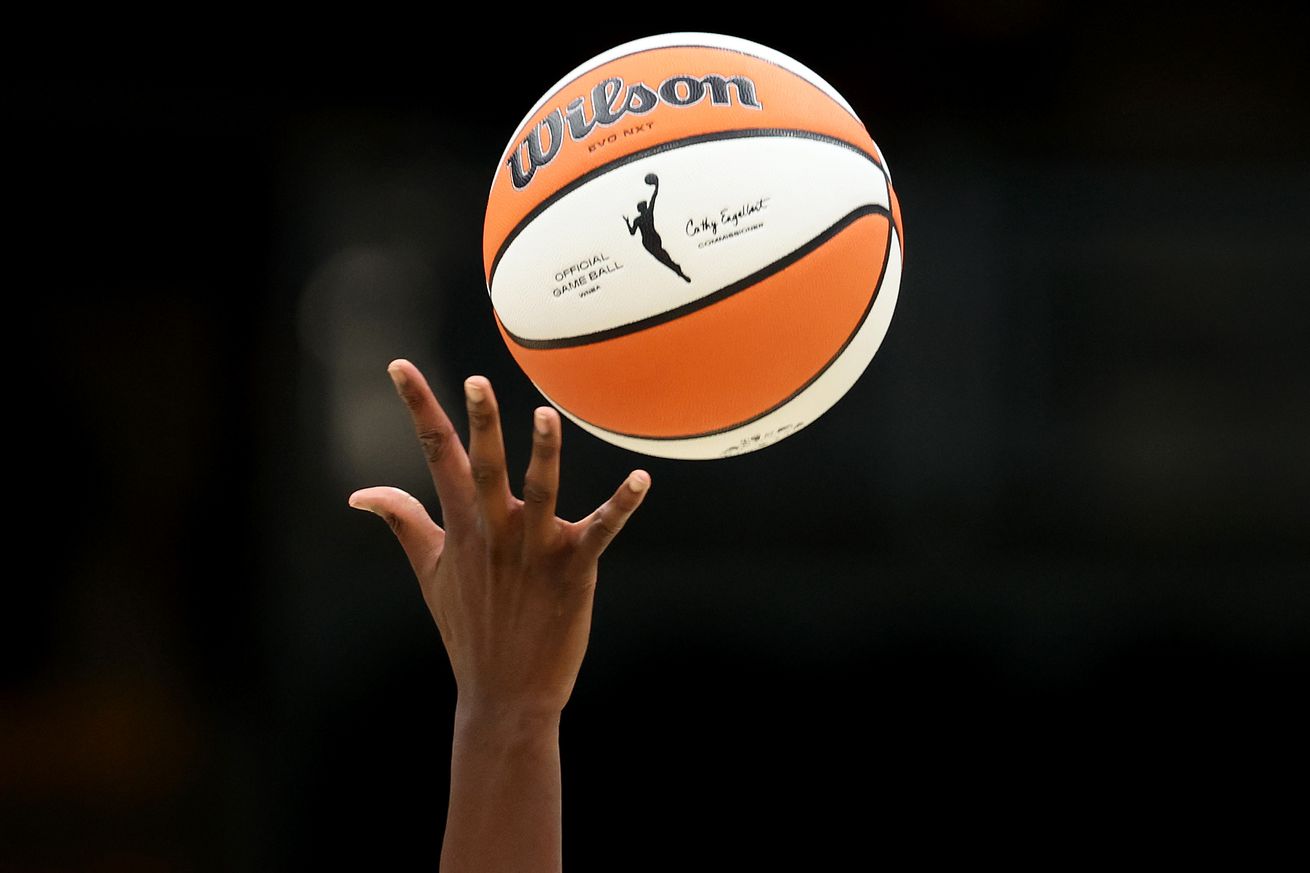
The WNBA’s Bethany Donaphin and Tom Ryan shared details about the WNBA’s groundbreaking partnership with Second Spectrum and how it will shape the future of women’s basketball.
Last week, the WNBA announced a partnership with Genius Sports to bring Second Spectrum to the league, making the WNBA the first U.S. women’s professional sports league to have league-wide 3D tracking.
Second Spectrum is well regarded as the premier optical tracking provider in American sports, and with the season starting May 14, the WNBA will utilize the camera tracking in every arena. With the optimal tracking comes comprehensive data collection, which will facilitate a myriad of basketball-related applications.
Tom Ryan, Vice President in the Basketball Strategy group at the National Basketball Association (NBA), highlighted the long-term ambitions associated with this partnership:
In the short term, we’ll be doing this for [20]24 but over the long term we definitely have ambitions to use that data to help automate certain call types and make the game more accurate and be able to make decisions faster. With the 3D player pose, we’ll be able to get different performance metrics for the first time.
Read the full article on our new multi-year venture with Second Spectrum, a Genius Sports technology solution which will be the optical tracking provider to the league
With this investment, we are now the first women’s professional sports league in the U.S. with leaguewide…
— WNBA (@WNBA) March 5, 2024
Ryan also emphasized the potential of 3D player pose data to facilitate advancements in player health and injury prevention, ultimately prolonging playing careers, noting, “There’s a whole slew of player health and performance research that we hope continues to reduce injuries and extend playing careers.”
Bethany Donaphin, Head of League Operations at the WNBA, shared the league’s motivation behind making optical tracking a reality:
This was about making sure we’re always keeping an eye towards where our game is going and that includes how we’re developing our basketball technology capabilities alongside the growth of the game.
As for optical tracking data becoming accessible to fans, that is not yet in the works but, according to Donaphin, is something to consider down the line. “I think there’s a lot to get acclimated to and then we’ll have a better understanding of what those down the road steps look like and the feasible timeline to bring them to life.”
Both Donaphin and Ryan emphasized that the adoption of Second Spectrum technology is a strategic investment aimed at aligning the WNBA with the evolving landscape of basketball technology:
This was really about making sure that we are making investments that allow our teams to have insight into player performance and being able to have richer data to inform their scout and game preparation. It was just time to take this step.
The introduction of Second Spectrum promises to usher in a new era of data-driven analysis and innovation, positioning the league at the forefront of sports technology and analytics. With the support of Genius Sports and the dedication of teams and players, the WNBA is poised to leverage cutting-edge technology to elevate the game and enhance the fan experience. The pair asserted:
We’re excited. Our teams are thrilled, and we’re just getting up and running and getting our teams prepared and trained to be able to fully utilize the technology that’s now available to them.





